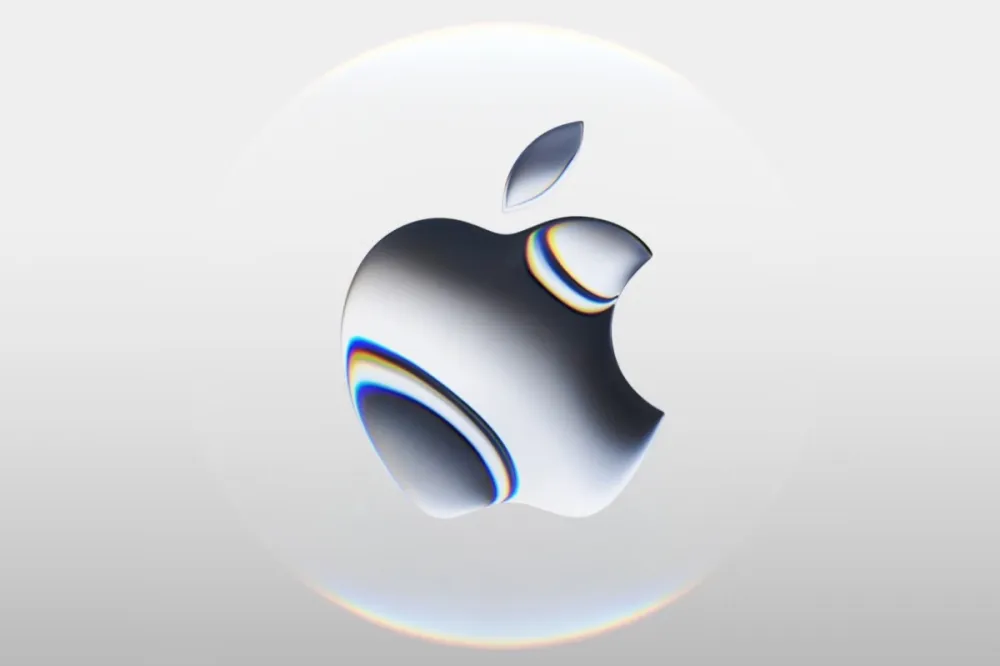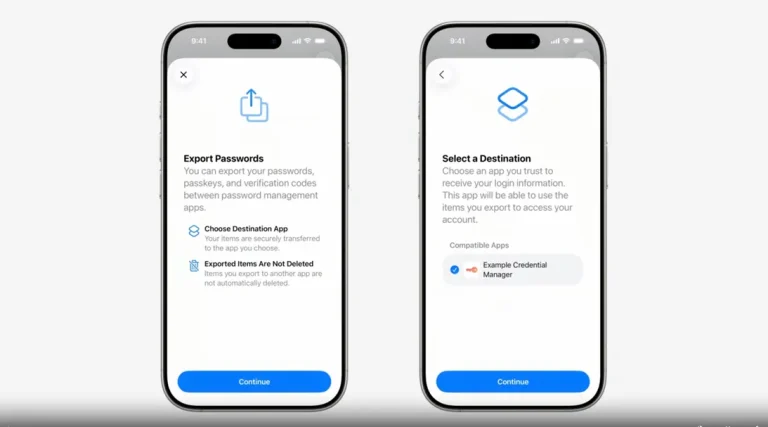
In 2024, Apple introduced audio passthrough functionality to its Mac lineup, enabling the transmission of uncompressed, original audio formats directly to external amplifiers, which then handle decoding and playback using the source data.
At the time, the absence of this feature in the tvOS update left many Apple TV users disappointed. However, with the release of tvOS 26 this year, audio passthrough has finally arrived on Apple TV.
What is Audio Passthrough?
Audio passthrough is a processing technique that allows audio signals to be transmitted in their native format directly to external devices—such as AV receivers, speaker systems, or televisions—for decoding, rather than being decoded by the device’s internal system.
Typically delivered via HDMI or optical output, this feature supports surround sound formats such as Dolby Digital and DTS. Beyond bypassing internal decoding, it also preserves essential metadata, including spatial audio effects like Dolby Atmos.
What Benefits Does Audio Passthrough Bring to Apple TV?
For the average user, the presence of audio passthrough may go unnoticed. However, for audiophiles and those using high-end playback equipment, it is a critical feature.
The primary advantage lies in transmitting audio signals in their untouched, original format to external devices, thereby avoiding the resampling or transcoding processes Apple TV might otherwise apply—processes that can degrade sound quality.
Previously, Apple TV could only output Dolby Atmos via the compressed E-AC3 format, which supports limited spatial audio features and falls short of delivering the lossless fidelity offered by formats like Dolby TrueHD.
Requires Support from Media Player Applications
While tvOS 26 now includes support for audio passthrough, its benefits are contingent on compatible media player applications. Once updated, these apps will be able to transmit raw audio formats directly to audio output devices, offering professional users superior sound quality while avoiding the fidelity loss associated with tvOS-level resampling and compression.


